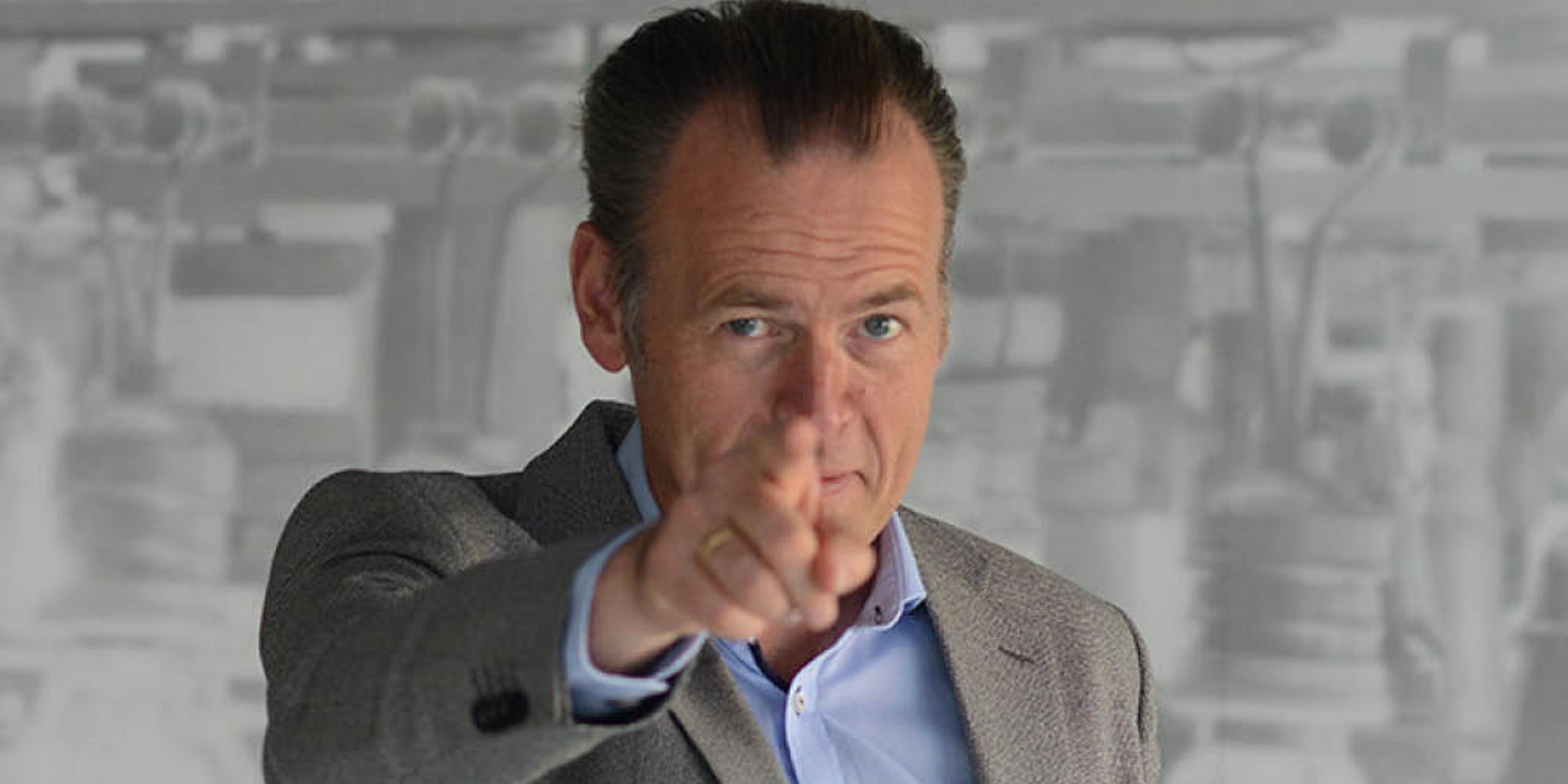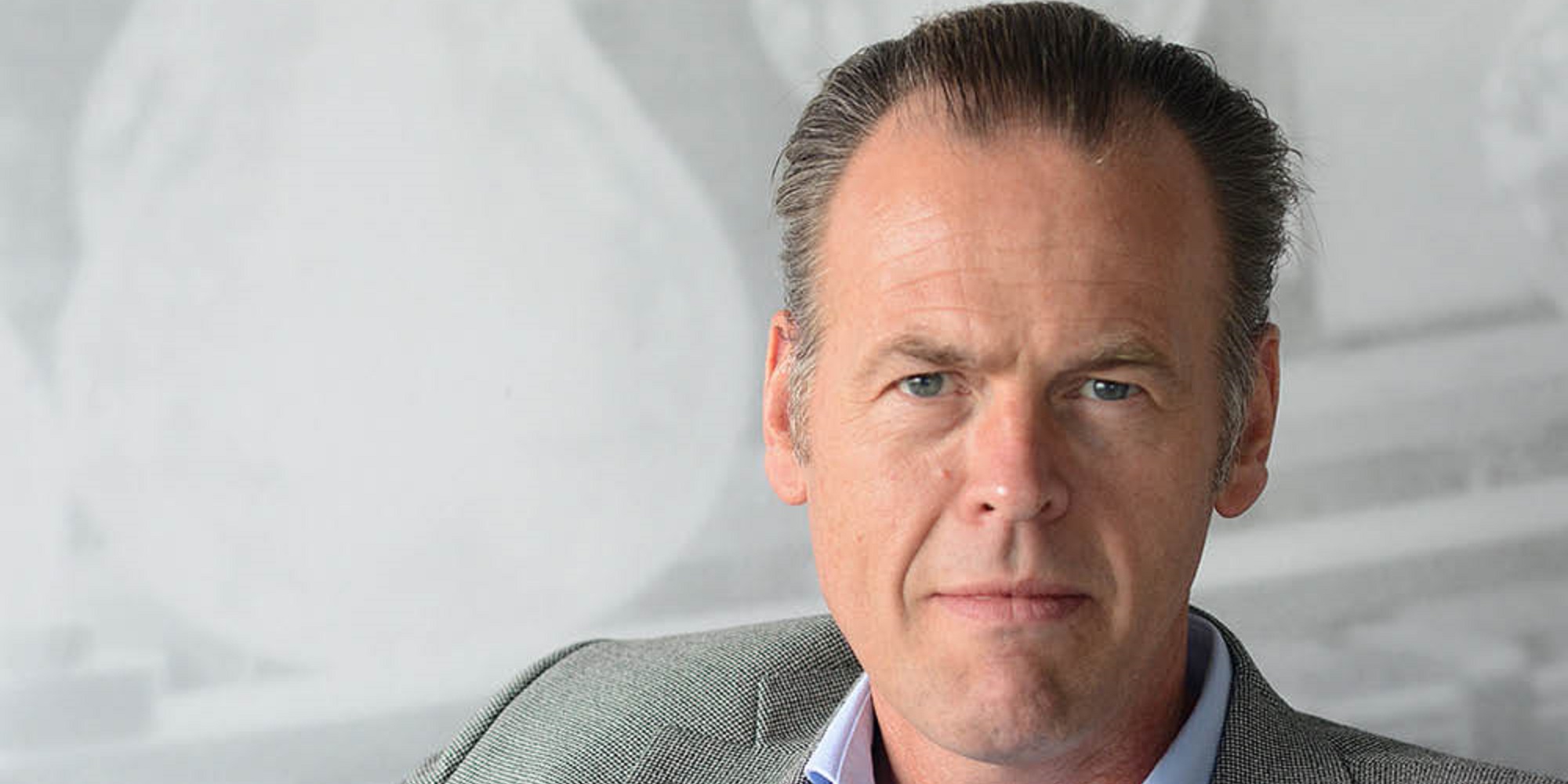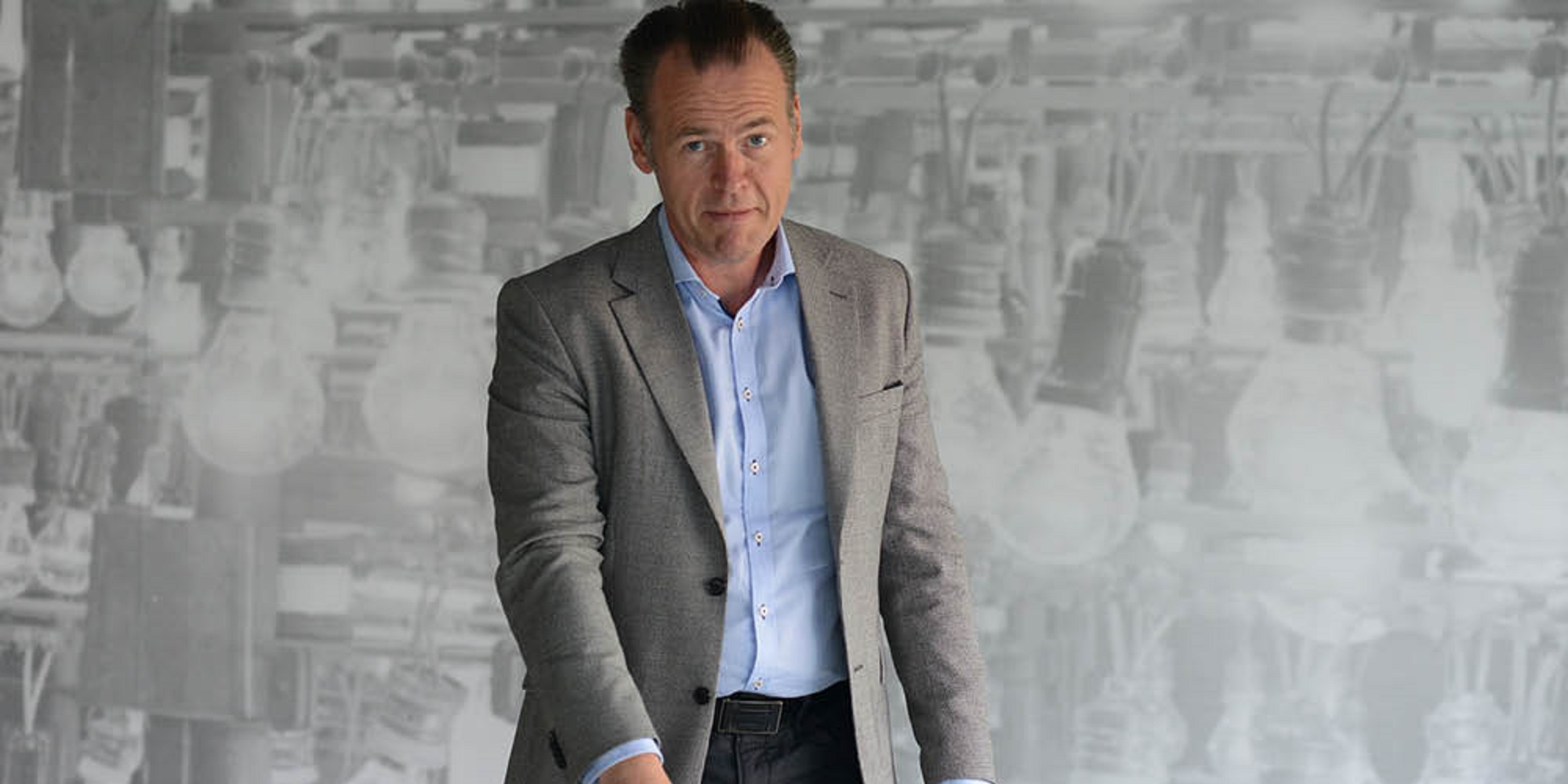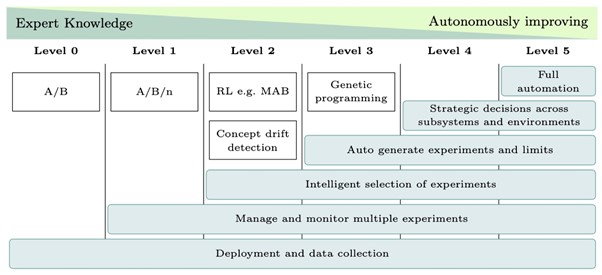An engineer asks:
I am a test expert and I regularly have to try very hard to convince project leaders to have a certain test performed. I find convincing them difficult, especially if the project leader has a dismissive attitude. How can I sell my service better?
The communication trainer answers:
Even if there is no sales function on your business card, you must regularly “sell” your services to internal customers. For example, because your customer can get your service from outside or simply because he doesn’t need to buy your service or product at all. Selling is a dirty word for many technicians. And yes, selling nonsense or deceiving someone is something you shouldn’t do if you want to sleep peacefully. But if you really have something to add and help the customer solve the problem, you have to bite the bullet.
How do you do that? In the sales process, you go through the steps of the Aipa process: attention, inventory, presentation and approval. The first step involves making it clear who you are and exactly what you or your department is offering. Here, it is important that you know how to get the attention of the customer. In your introduction you will therefore have to name something that you know or estimate that your customer will benefit from. For example, “We are developing a new test that can detect errors in your process early”.
Once interest is piqued, you ‘earn’ the right to start asking questions. The big mistake you can make here is simply telling people how great your service or product is. After all, you don’t know if the customer really needs it at this point yet.
'Look for the customer's problem or need'
You must look for the problem and the desire of the customer. You do this by asking open questions: “What is the problem?”, “What are you up against?”, “What exactly is going wrong?”, and also “What negative effects does this have?”. In this way, the client’s pain comes to the table and this provides motivation to want to do something about it. You also ask about the goals to be achieved. This creates a creative tension between the here and now (‘ouch’) and where the customer wants to go (smiling faces and full glasses). Your added value lies in helping them to take that step.
Once the problem is on the table, you move to the third step: offering your solution. Here, it is important that you also dare to promise something. After all, you stand for your product. If you can’t guarantee a result yet, state the degree of uncertainty, but do choose a position. Say, for example, “I still see a ten percent risk that we will not achieve the desired result, but I want to go for it and minimize the risk”. Waiting until you are 100 percent sure is science; taking a position in uncertain circumstances is leadership and this is often necessary.
When you explain your solution, don’t immediately count on applause. It is natural that critical questions will come. It is important to find out what is bothering you. That means you have to go back to the inventory phase and ask open questions, until you have the customer’s concern clear. So you have to go from sending (phase 3) back to asking questions (phase 2).
If your proposal meets the customer’s needs, trust and the desire to make joint agreements emerge – the final stage in the Aida process. You have helped the customer.











